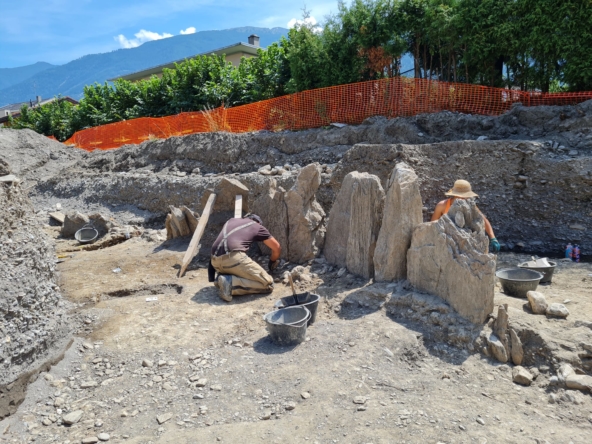The mortgage financing requested is determined according to the financial situation of the buyer and the property to be acquired. The bank will analyse the buyer’s solvency (income, debts, etc.). The equity contribution will also vary according to the type of property (luxury object, main residence, second home, etc.). The bank tries to protect itself as much as possible from the risks it takes by granting a mortgage loan: the higher the risk, the greater the demand for equity contributions.
In the case of the purchase of a property as a principal residence, the bank will ask for a contribution of at least 20% of the purchase price. This rate rises to a minimum of 30% for a second home.
Using the second pillar (LPP) to finance the purchase of a property.
It is possible to withdraw your second pillar early to finance the purchase of a property under certain conditions. This measure can only be used for the purchase of a principal residence and requires the consent of the spouse. At the time of withdrawal, an entry will be made in the Land Register and the purchaser will have to pay a single, separate tax (between 3 and 15% depending on the canton). The minimum withdrawal is CHF 20,000 with a minimum period of 5 years between each withdrawal. Up to the age of 50, the entire 2nd pillar credit balance may be withdrawn. After the age of 50, the higher of the pension assets acquired at age 50 and half of the assets available at the time of the request for early withdrawal may be withdrawn. If the property is resold, the withdrawal must be repaid in full.
The purchaser may of course also use his or her 3rd pillar to finance the purchase of a property provided it is for the purchase of a principal residence. The buyer may withdraw all or only part of his 3rd pillar in order to increase his equity.
The repayment of the debt.
According to the SBA directive, the mortgage debt must be repaid at 2/3 of the collateral value of the property within a maximum of 15 years. For a principal residence, banks require a minimum annual repayment of 1% of the debt.
Steps to follow in order to obtain a mortgage loan.
1) Gather all personal documents relating to the mortgage loan in order to prove solvency (identity document, pay slips, last tax assessment, recent extract from the debt collection office, leasing contracts, etc.).
2) Gather all the necessary information relating to the property to be financed (sales file, photos, extract(s) from the land register, location plan, fire police, PPE regulations, PPE accounts, rental leases, etc.).
3) Talk to several banking institutions and/or insurers in order to request offers. Possibly contact companies specialising in comparing mortgage loans.
4) Choose the best mortgage credit offer.
5) Choose a notary to draw up mortgage schedules.




